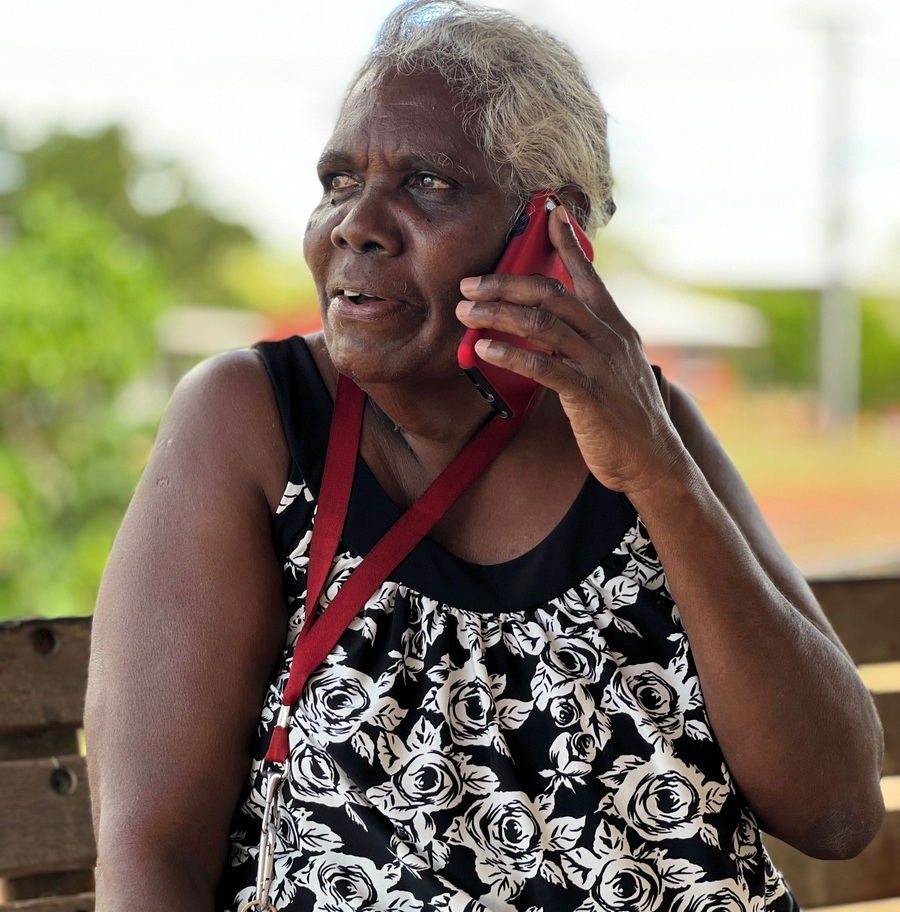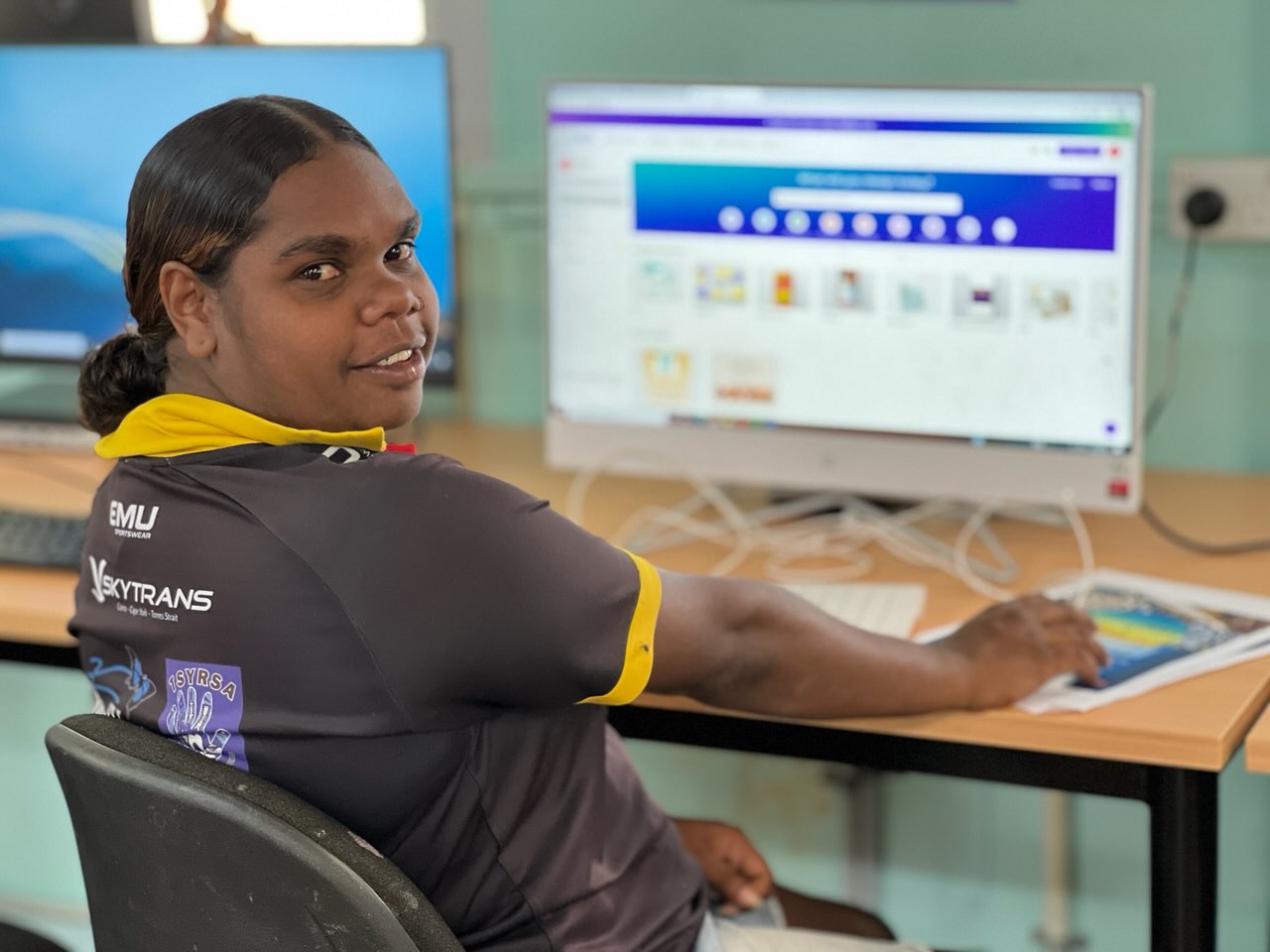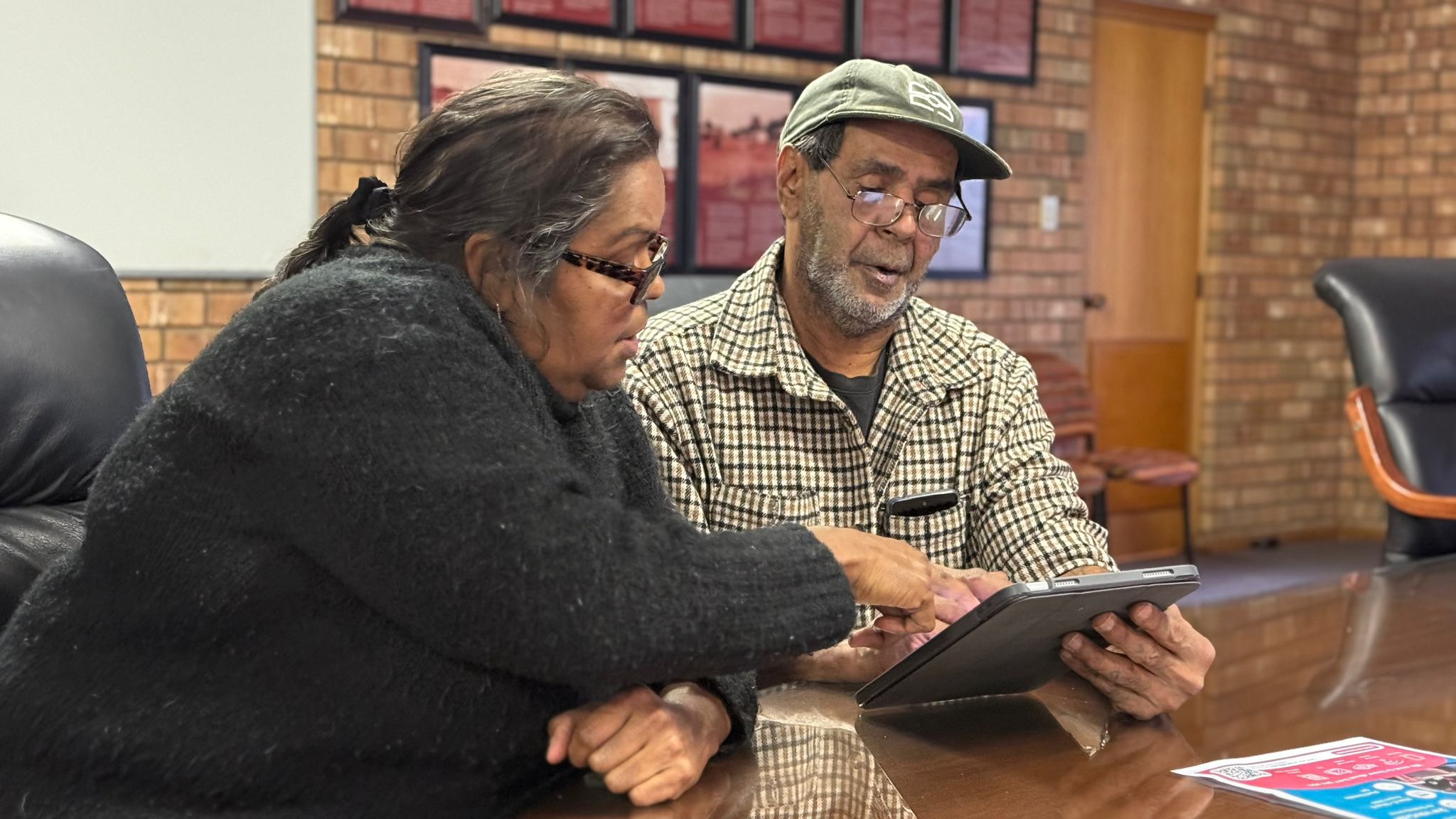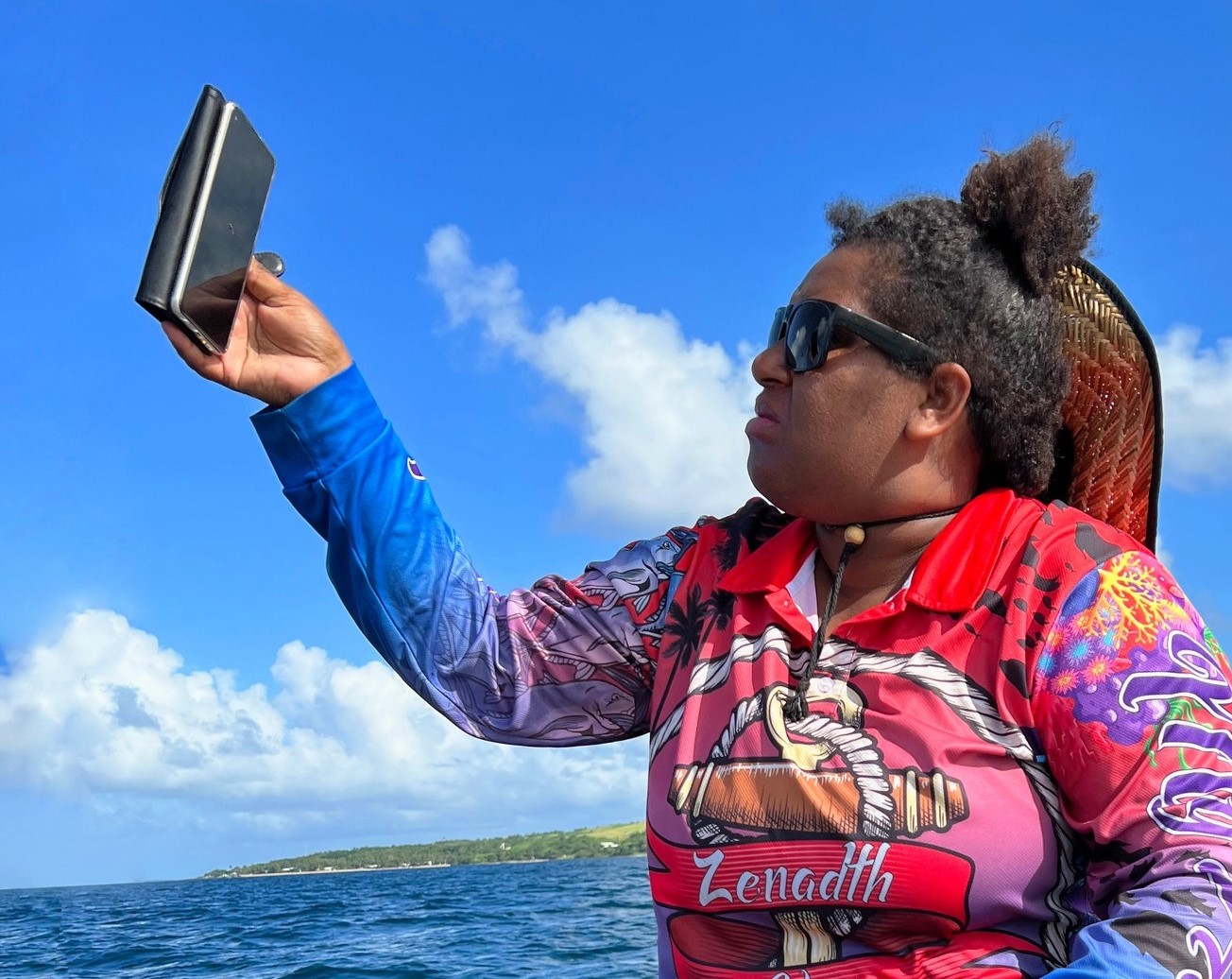Tracking progress towards Closing the Gap Target 17

Digital inclusion is about ensuring everyone has the opportunity to understand, access, and use digital technologies in ways that work for them. Today, much of life happens online, from managing health and finances, to studying, working, accessing services, and sharing stories.
For First Nations communities, digital inclusion is about connection and keeping families, communities, languages, and cultures strong in an increasingly online world. It means having the opportunity to use digital technologies in ways that reflect First Nations Australians’ identity, daily needs, and the things that matter: connecting with family and community, strengthening culture and language, and making informed choices that support wellbeing and self-determination.
The Measuring Digital Inclusion for First Nations Australians and Mapping the Digital Gap projects are First Nations–led collaborations designed to understand and measure the factors that support digital inclusion across urban, regional, and remote communities.
Our research shows that levels of digital inclusion vary across the country, shaped by where people live, income, age, disability, education, housing situation and languages spoken at home. For all First Nations Australians, whether in cities, towns or remote communities, access to reliable, affordable, and culturally grounded digital services remains essential to achieving digital equity and inclusion, one built on a rich tapestry of culture, language, community, and connection.

TThe First Nations Digital Inclusion Dashboard has been created as part of the Australian Digital Inclusion Index (ADII). It gives, for the first time, an accurate picture of the scale and nature of the digital gap – the difference in digital inclusion between First Nations Australians and other Australians. The Dashboard:
Digital inclusion is made up of three key areas:
Having reliable home internet, phone and devices.
The share of household income needed to buy adequate internet and mobile services for household needs based on composition and remoteness.
Having the skills and confidence to use digital tools and applications safely and effectively.
Closing the Gap target 17 adds a fourth dimension:
Having access to trustworthy and locally relevant media, news and information services.
The National Agreement on Closing the Gap has 19 national socio-economic outcomes and 17 targets. This includes Outcome 17:
‘Aboriginal and Torres Strait Islander people have access to information and services enabling participation in informed decision-making regarding their own lives’
and Target 17 (CTG 17):
‘By 2026, Aboriginal and Torres Strait Islander people have equal levels of digital inclusion’.

The ADII’s First Nations–led research projects are strengthening digital inclusion by capturing the knowledge, strengths, and innovation within communities. This work empowers leaders and organisations to build on success, overcome challenges, and drive change towards stronger digital futures for First Nations peoples.

Measuring Digital Inclusion for First Nations Australians is a three-year project funded by the Australian Government to provide accurate national data on digital inclusion for Aboriginal and Torres Strait Islander peoples. The project tracks progress towards Closing the Gap Target 17 by measuring access, affordability and digital ability across urban, regional and remote communities.

Mapping the Digital Gap is the first extensive study of digital inclusion and use of media and communications services in remote First Nations communities across Australia. Mapping the Digital Gap is a partnership project between the ARC Centre of Excellence for Automated Decision-Making and Society (ADM+S) and funding partner Telstra. The research team partners with local First Nations organisations and co-researchers to undertake on-site qualitative and quantitative research annually in participating communities.